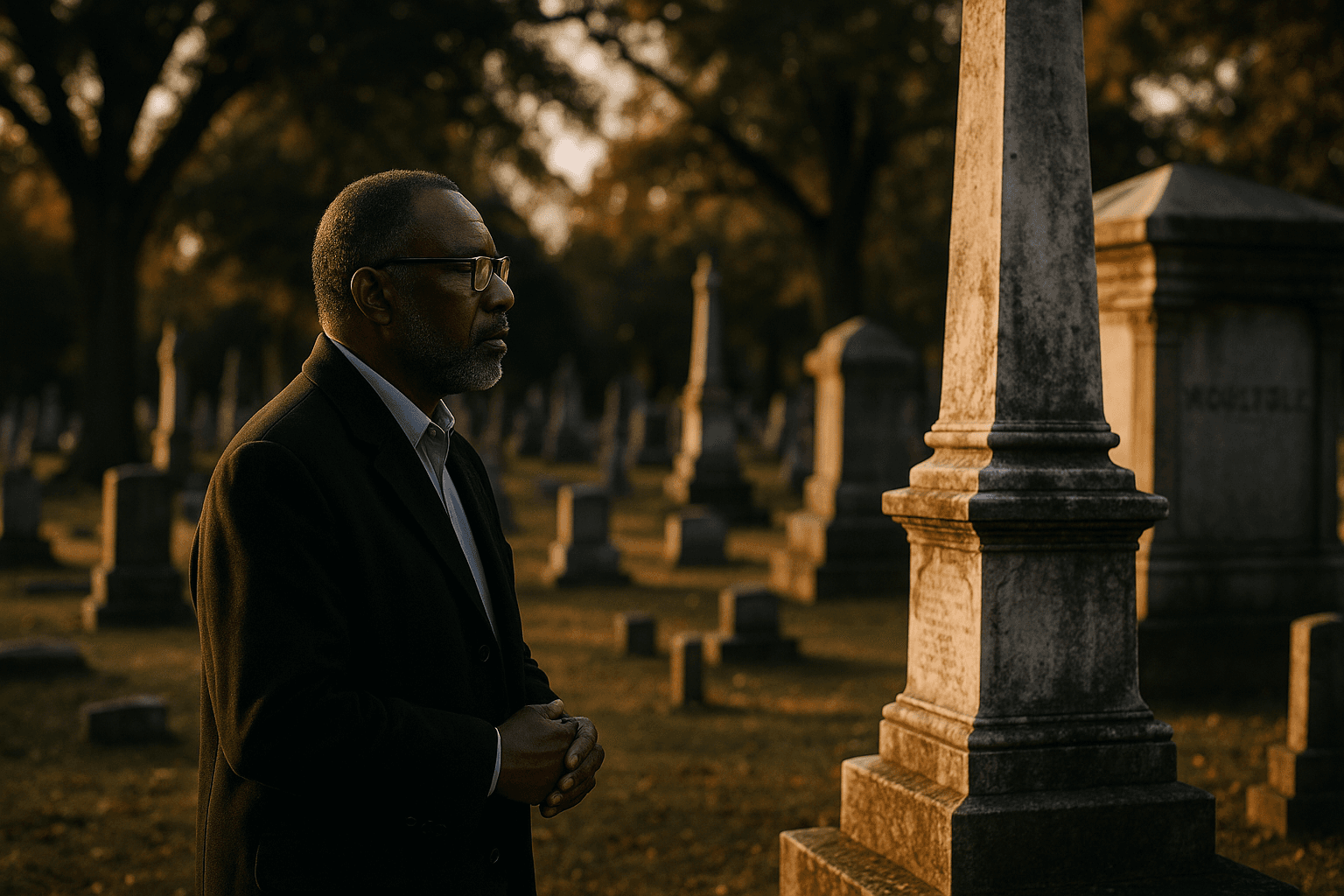Diamond Grove Cemetery Preserves Jacksonville Leadership Across Two Centuries
A feature published November 22 highlighted Diamond Grove Cemetery as a living archive that captures Jacksonville's civic leadership and community identity from the 19th century to the present. The piece places notable interments, monuments and ongoing preservation efforts in the context of local history and bicentennial remembrance, matters that affect heritage preservation, education and civic engagement in Morgan County.

A November 22 feature on Diamond Grove Cemetery in Jacksonville cast the historic grounds as more than a burial place. Established in the 19th century, the cemetery hosts governors, educators and military leaders whose markers and monuments map the city and region's political and civic evolution across two centuries.
Among the notable interments are Governors Joseph Duncan and Richard Yates Sr. and Jr. Their presence makes Diamond Grove a tangible link between Jacksonville and state level governance. Headstones and family plots illustrate political continuity and the local dimensions of public service, while military markers and educational memorials record other strands of community life. Together these elements position the cemetery as both memorial and community archive.
The feature described ongoing preservation work and historical tours that seek to maintain monuments and interpret the landscape for residents and visitors. As part of broader bicentennial coverage that recalls people and places central to Jacksonville's development, the focus on Diamond Grove underscores how public memory is curated and conveyed. Preservation activity and interpretive programming have local policy implications, from municipal maintenance responsibilities to eligibility for grants and partnerships with historical organizations.

For Morgan County residents, the cemetery is a classroom and a civic resource. School groups and local historians can use the site to teach about governance, civic responsibility and the shaping of public institutions. Researchers examining political families and municipal leadership may find cemetery records and monument inscriptions useful for tracing networks and patterns of public service over time.
Institutionally, Diamond Grove raises questions about long term stewardship of public heritage, funding priorities and how communities balance preservation with development needs. By foregrounding the graves of prominent leaders, the community is invited to reflect on the continuity of civic leadership and the obligations of current institutions to preserve and interpret the past. The feature serves as a prompt for local officials, historical stewards and citizens to consider how best to sustain the cemetery as a resource for education, memory and civic engagement.


